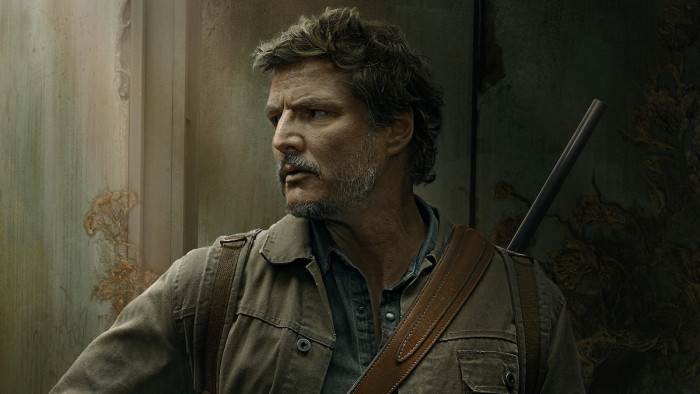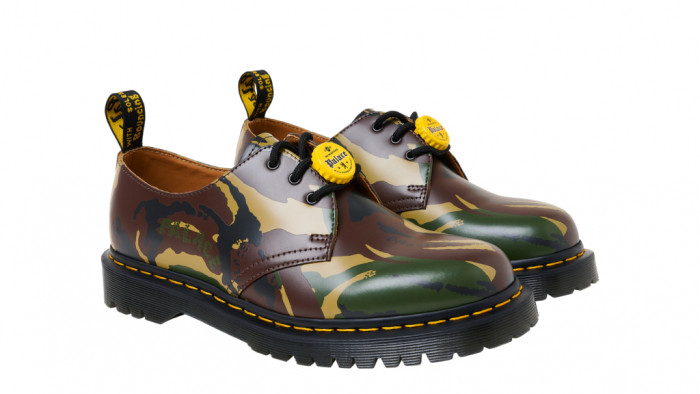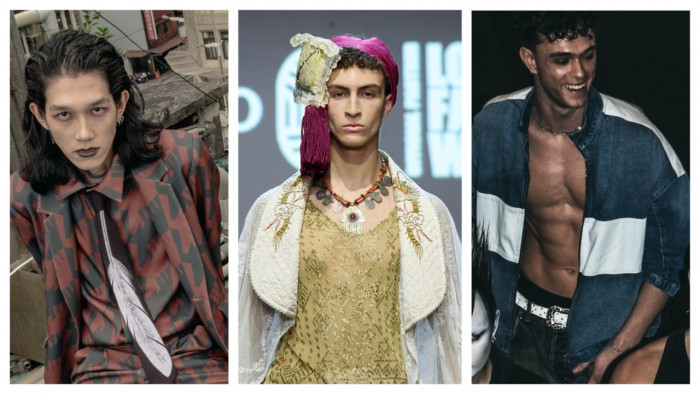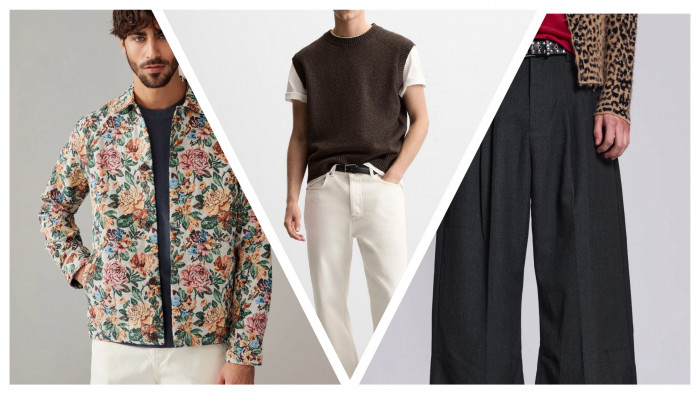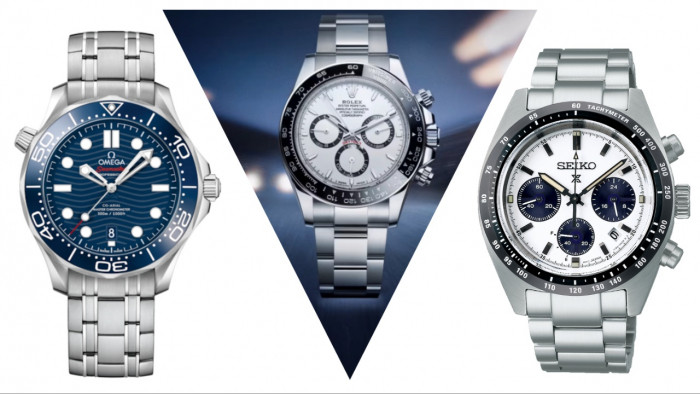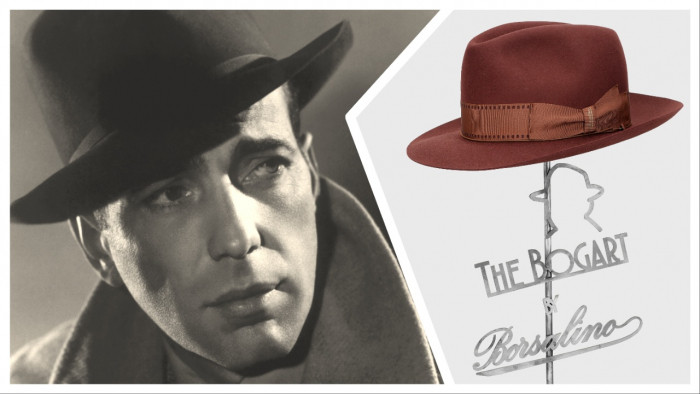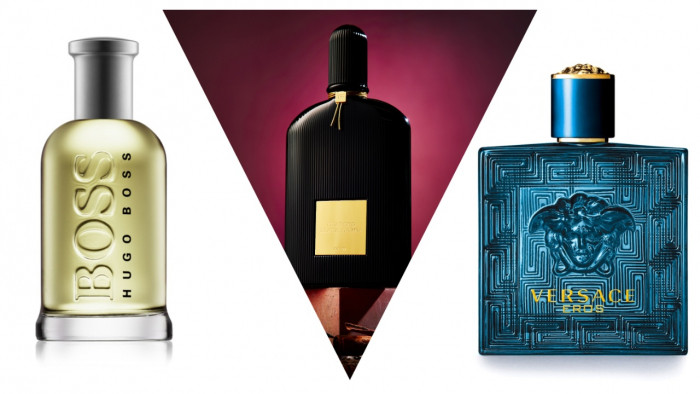The timeline of suiting is a funny old thing: while the old axiom goes that fashion is cyclical, nothing comes around quicker than trends in tailoring.
Loopy lines of tailoring’s history can be hard to follow, but with every style guide telling you things like “1950s-style tailoring is back, baby!”, it would be handy if you actually know what the hell that was supposed to mean.
That’s why we’re here with a tape measure, a pair of scissors, and a whole lot of sewing pins to run you through an abridged history of the last hundred years in suiting trends. Hold on to your notched lapels!
The Age Of Industrialists (1920s)

Prince Edward of Wales (1927)
The head of industry! The great thinker! The trailblazer! The architect! The front-running founding fathers of experimentation, creation, and billion-dollar enterprise instigator! Men of means dressed with purpose at a time when everyone wore a suit but few had the pocket money to take it further. Britain was at the forefront of men’s fashion with cues taken liberally from its upper-classes, of whom Prince Edward of Wales was generally considered the most stylish: namely four-pluses or, more usefully, lightly-padded lounge suits in subtle plaids with dandy accouterments.
Style icons: Joseph Kennedy, the Prince of Wales, Howard Hughes
The Age Of Cinema (1930s)

Clark Gable (right) in It Happened One Night (1934)
A more exaggerated silhouette prevailed at the start of the 1930s, just as the golden age of cinema hit its stride. Halfway through the decade the mood changed: looser-fitting suit jackets more akin to modern wool light coats were introduced and trousers became much more tapered towards the ankle. Perfect for the modern man (well, eighty-odd years ago, anyway) who had action on his mind.
Style icons: Clark Gable, Henry Fonda, James Stewart
The Age Of Constructed Tailoring (1940s)

Cary Grant in Arsenic and Old Lace (1944)
The rationing of fabrics that followed the start of the Second World War brought a return to austerity for men’s dress, where the focus was to minimalise and modernise the day suit. Grey flannel became the fashion, and jackets were cut as straight as possible with the ‘flaunting’ of superfluous fabric reined in. When you think of sharp dressers like The Rat Pack before they all fucked off to Vegas and got brandy sloppy on blackjack and dames, cavorting in cig-burned tuxedos that must’ve smelled like all-holy hell, this is what you think of.
Style Icons: Cary Grant, Humphrey Bogart, Spencer Tracy
The Age Of Charisma (1950s)

Teddy Boys in Greenwich, London (1956)
The Brat Pack and Age of Swing saw a recovery for the suit when it came to everyday wear, but also for the lower-middle and working classes to wear on a good night out: a wider pleated-front trouser returned, giving more mobility to dance, with Teddy boys influenced by Edwardian dress favouring longer jackets, while the Americans influenced with their fashion brand of smackhead poets, the Beat Generation.
Style Icons: Frank Sinatra, Sammy Davis Jr., Hugh Hefner
The Age Of Pop Culture (1960s)

Paul McCartney and John Lennon (1965)
The growing influence of teenagers and working-class heroes had a major impact, as up-and-coming stars from the British Invasion period adopted the ‘Mod’ approach with skinny-fit suits, drainpipe trousers cut short at the ankles, and collarless jackets. The ‘60s also saw the rebirth of Savile Row tailoring and high-low experimentation, as polo-necks and cardigans often replaced the shirt-and-tie combo worn with a suit.
Style icons: Michael Caine, Paul McCartney, Peter Sellers
The Age of Hedonism (1970s)

Jack Nicholson (1972)
The birth of disco gave the suit a new role to play as a weapon of seduction. In contrast to the ‘60s, this decade spawned a generation of designer-clad, social climbers with a more flamboyant, liberated sense of dress: big collars, crazy colours, and ostentation were the only order of the day – if you had more than your fair share of chest hair, too, that could be worked into the look. Flared trousers also allowed for larger heels on shoes, which meant even short-arses had the chance to punch above their weight/height.
Style icons: Mick Jagger, David Bowie, Jack Nicholson
The Age Of Deconstruction (1980s)

Chris Sullivan (1981)
Designer Giorgio Armani used American Gigolo to unleash a new silhouette for mainstream men’s tailoring, removing padding and jacket lining and using slouchy fabrics such as linen for pyjama-soft trousers. This played against the contrast of power-dressing Wall Street yuppies and the pastel-coloured pushed-up-sleeve blazers worn with white T-shirts by Miami drug barons with zoot suit influenced, who-gives-a-fuck-we-all-bought-gold-watches laissez-faires.
Style Icons: Richard Gere, Michael Douglas, Eddie Murphy
The Age Of Minimalism (1990s)

John Travolta and Samuel L. Jackson in Pulp Fiction (1994)
The ‘90s obsession with minimising technology, decluttering your home, and a more intellectual approach to fashion gave rise to a new, any-colour-so-long-as-it’s-matte-black generation. Thanks to Helmut Lang and Comme des Garcons, plus Reservoir Dogs and Pulp Fiction, slim-fit suits, skinny trousers, white shirts, and slim black ties made their long awaited comeback.
Style Icons: Samuel L. Jackson, Michael Madsen, Christian Bale
The Age Of The Metrosexual (2000s)

In reaction to the monochromatic anonymity of the ‘90s, the Millennium prised open a suppressed hedonism and unashamed flaunting of disposable income. Celebrities weren’t afraid to expose their more flamboyant, feminine side, and saw luxury fabrics such as printed velvets and what-your-dad-would-still-call-‘bling’ embroidery play backdrop play a large role.
Style Icons: David Beckham, P. Diddy, Justin Timberlake
The Age Of The Retrosexual (2010)

Jon Hamm (2014)
Somewhere between Mad Men, pretending to enjoy whiskey, and Brylcreem-ing your hair came a reactionary return to suave masculinity in suiting. Heavily influenced by – yes – Mad Men, the enduring influence of J. Crew, and a resurgent Brooks Brothers, the style took a little bit of ‘50s constructed tailoring and a little Take Ivy to find a look which dominated catwalk, big screen, and high street.
Style Icons: Jake Gyllenhaal, Tom Ford, Jon Hamm
The Age Of Fun (2016 - )

Donald Glover (2017)
Colour is back. Enjoyment is back. Experimentation is back. Now that “men are into fashion now” is no longer something people Hmmmmmm at, many men have seen a gap for them to slide through in polished suits and have taken the opportunity to inject some life into suiting once more. Without a dominant trend – ASAP Rocky’s ‘60s-ish Chelsea boot and black suit with matching jet polo neck at the last Met Gala and Lakeith Stanfield’s pin-striped, deconstructed ‘80s-inspired suit with ‘NOT GUILTY’ T-shirt underneath at a premiere a few months later show a taste of the range – the only thing to do is look hard in the mirror and think: What do I want to do? The world is your oyster, sunshine.
Style Icons: Donald Glover, Lakeith Stanfield, Nick Jonas
(Images: Rex)



